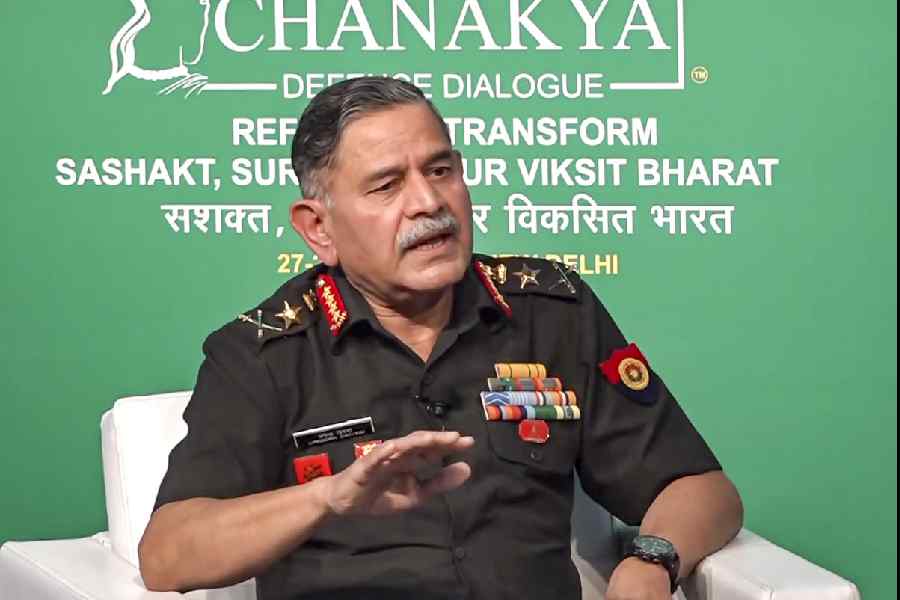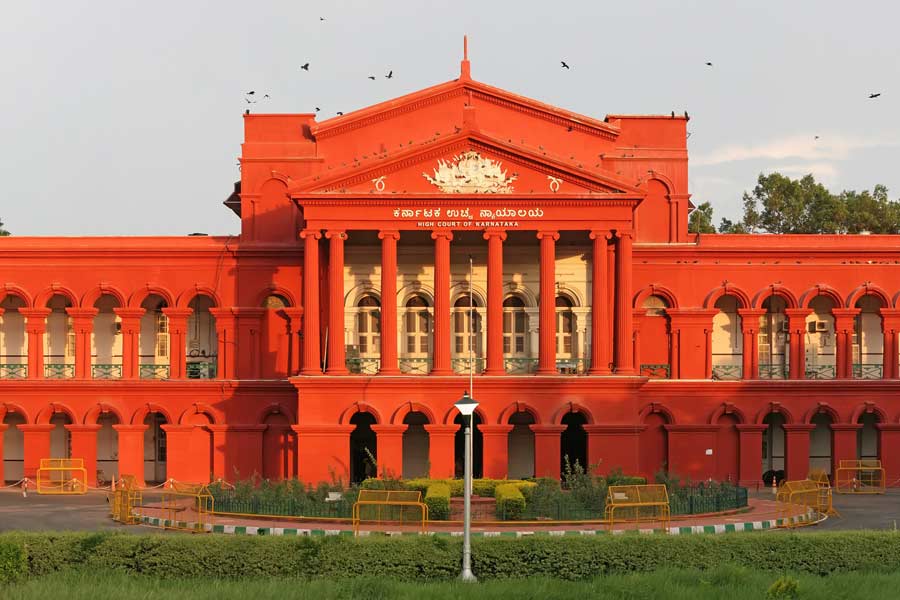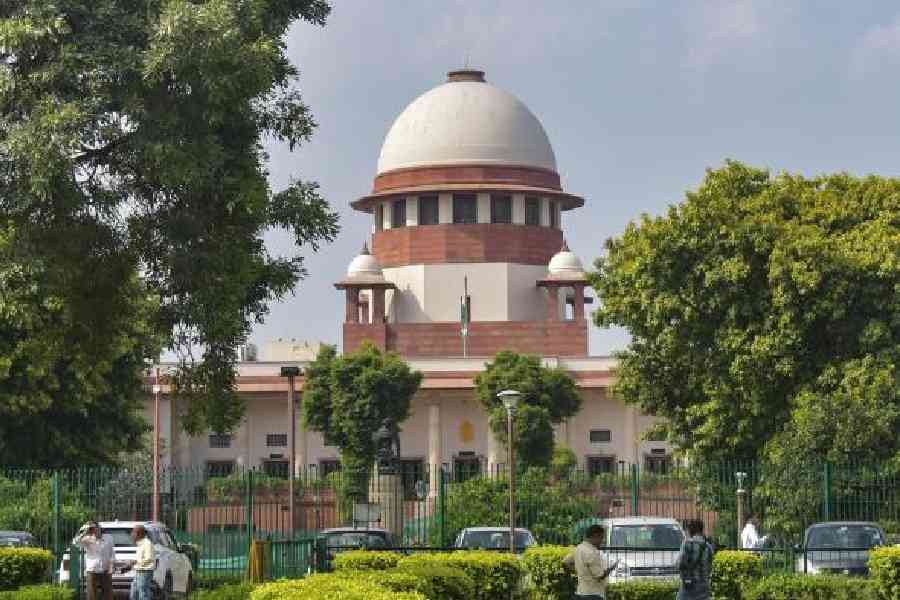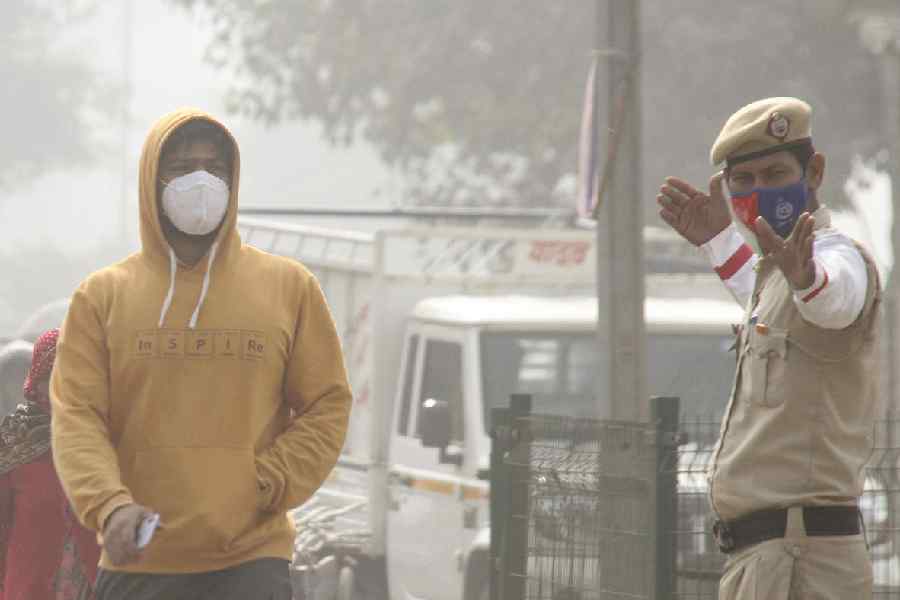 |
 |
| ON A ROLL: Dr Mosaraf Ali (top) his book cover |
Dr Mosaraf Ali is a busy man. He’s got a book to launch, interviews to complete and celebrity clients to take care of. England’s football team needs him urgently to get Wayne Rooney’s meta-tarsal back in shape so the England super striker can be back in action before the World Cup.
England’s hopes rest on a Calcutta-born doctor, who can raise the nation from the present state of gloom that has descended on it ever since the Manchester United superstar collided with Paulo Ferreira with disastrous results. If anyone can do it, Dr Ali can, seemed to be the refrain in sporting circles. After all, he’s done it before. He’s treated sports injuries and got Sachin Tendulkar back on the pitch in good enough shape to make a century against England during his 100th Test match. Both Gary Linekar and Ian Botham have come to him with their injuries. He’s even cured Shah Rukh Khan’s back and got the Bollywood superstar dancing again.
Dr Ali is confident. With rapid speed he tells me what he will prescribe Rooney: marrow bone soup which contains gelatine, calcium from special Japanese corals and Himalayan minerals, followed by Dr Ali’s special massages and poultices made of rock salt, mustard seeds, kalonji and ajwain. Finally the foot will be wrapped in cotton bandages and with a special insole, go back in the boot, where it can do what it does best: kick a goal for Britain.
It all sounds as easy as rain. “Cuts, burns and fractures heal themselves,” he says, giving me a lesson in biology. “We have to ease the process.”
Confidence comes easily to Dr Ali. He’s personal physician to Prince Charles and a host of other Royals including the Sultan of Doha. Celebrities glide in and out of his Integrated Medical Centre in London’s Cavendish Road, blending in with other ordinary clients, who pay around ?70 for a sitting. The list is endless ? Michael Douglas, Geri Haliwell, Claudia Schiffer, Kate Moss, Felicity Kendall, Simon L. Jackson, Jerry Hall, Andrew Lloyd Webber, to name a few. “Dr Ali is the Eighth Wonder of the World,” gushes Tara Palmer-Tomkinson, while Andrew Lloyd Webber adds: “Dr Ali tells you everything about your symptoms that you don’t want to hear, then how they came about. Then he cures them.”
 |
| STAR WORLD: Dr Ali with Shah Rukh Khan |
His books are bestsellers, selling over a quarter of a million copies and keeping publishers Random House happy. The latest hitting the stands this week is Dr Ali’s Women’s Health Bible (published by Ebury Publishing, a division of the Random House group. Price: ?20), likely to fly off the shelves like the others. His weekly column in The Mail on Sunday has over three million readers and the mail bag is heavy with people enquiring about everything from how to get off pain-killers to coping with chemotherapy.
Dr Ali has successfully brought the answers to those people who are tired of traditional medicine but are not prepared to go all-out for alternate cures. His unique blend of integrated medicine combines traditional medicine with natural methods, yoga, massage, herbal remedies, homoeopathy and ayurveda. He has done pioneering studies using a range of treatments called Dr Ali’s Technique applying ancient Indian remedies to bring stroke victims back in action, has helped cancer patients and treated sports injuries.
Dr Ali’s interest in natural medicines grew from his maternal grandfather, Dr Abdul Hameed, who was a qualified doctor and a homoeopath. Determined to be a doctor from an early age, the young Mosaraf spent his school days in a missionary school in Asansol voraciously reading books about psychology, physiology and anatomy. He volunteered to work with Mother Teresa on Sundays, packing milk for the leprosy sufferers, watching how they were bandaged. After finishing his school-final exams he headed off to a remote tribal area in Bihar with a Jesuit priest, dressing wounds and distributing bandages. The sudden death of his father after a stroke saw him applying for medical scholarships and winning a place to study in Moscow, where he completed his MBBS. Prompted by no less than the then ambassador to Moscow, Inder Kumar Gujral, he did his post-graduation in acupuncture.
Gujral urged the young medical student to study alternate therapies and do what others had not done. Under Russian experts, Dr Ali then studied techniques like iridology, tongue diagnosis, pulse diagnosis, fasting therapy and naturopathy. Back in India in 1982, he set up an Integrated Medical practice in Delhi with the help of family friend Pranab Mukherjee. It became so popular that the landlady complained of overcrowding and he had to leave. But Dr Ali had in the meantime honed his skills in naturopathy and ayurveda, following the works of Indian vaids and hakims and spending time with the Namdhari Sikh spiritual leader who was an expert in naturopathy.
In 1991, he arrived in Britain and joined the Hale Clinic where his patients grew in number. Then came the crucial meeting with Prince Charles in 1992 which was to be a major turning point in his life. It was at a reception at St James Palace that the Bengali doctor met the heir to the throne. Prince Charles asked him if he could treat one of his staff members who was chronically ill.
Dr Ali had him cured in five days. It was the beginning of a long relationship as Prince Charles became his primary backer. In 1998, Dr Ali opened the Integrated Medical Centre in central London with Prince Charles cutting the ribbon. A strong believer in alternate medicines, Prince Charles even wrote the foreword to Dr Ali’s book The Integrated Health Bible which was published in 2001.
The Prince backed Ali’s pioneering research on rehabilitation of stroke victims using the ancient Indian Marma method. Tests are now being done in India on this and the project will see the setting up of an Integrated Medical Centre in Kangra for which talks are on with the Himachal government. The National Health Service (NHS) in the UK is likely to send its patients to India for rehabilitation.
Dr Ali already runs a charity clinic in the village of Sagoor in Kangra valley which looks after nearly 200 patients a week. It is financed entirely by the Prince’s Trust and the Sultan of Doha. Ali also dreams of setting up a centre in Howrah, where he grew up. A self-confessed workaholic (it even cost him his marriage), Dr Ali takes groups of NHS doctors to remote parts of India to get them to learn about holistic remedies, so they can integrate it in their practice when they return to Britain. And twice a year, he indulges his other love, trekking, taking a group of celebrities on a trekking holiday in India, bringing them closer to nature.
The trek begins in relative luxury in a heritage hotel in Kangra and then moves to Lahaul-Spiti and the rougher tracks. “Of course, they are with a doctor, so they are completely safe,” laughs Dr Ali. “We have helicopters on stand-by just in case!” Camilla Parker Bowles trekked with Dr Ali in 1993, and celebrities like Kate Moss and Tara Palmer-Tomkinson have joined him on his treks. Most want to come back. “I want them to learn about India, to learn about our ancient heritage and treatments,” says Ali. “And they love it.”
For a man who is surrounded by celebrities, Dr Ali lives a fairly modest life. Home is a working flat in Baker Street and the car is a Mercedes. “I’m single with two sons who live with their mother,” he says. In his free time, he listens to classical music and loves to cook and go for long walks in the English countryside. The patients are, after all, only at the end of a phone line. I leave him talking to another celebrity. He invites her to India to join him on his trek. “It will change your life...,” he says.
I hope he gets to look at that crucial right metatarsal. What could be more important?










